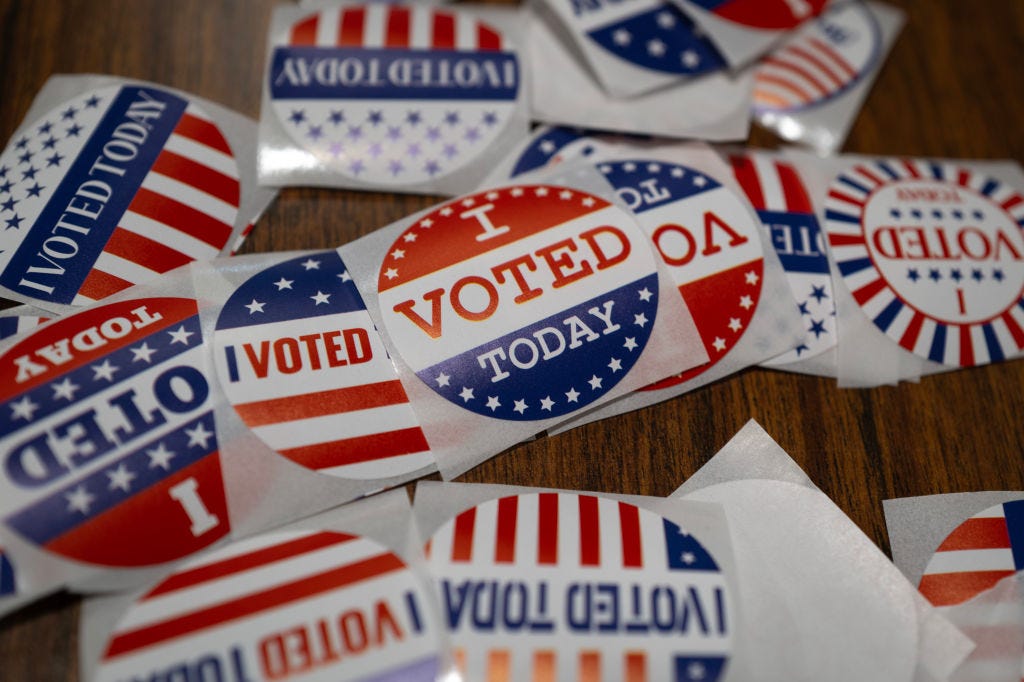I’m not going to try and tell you who is going to win tomorrow. Not only because the polls, and aggregation models, show the race to be a toss-up, but because I’ve never followed an election with so many contradictory indicators in the data.
You can make a case that polls are underestimating Harris because pollsters were so burnt by missing Trump voters the last two times that they’ve overcompensated. There’s hope from the Harris campaign that late deciders are breaking to her as well (though the evidence for this is mixed).
Equally, you could make the case that Trump is going to do better than expected for a third time, as pollsters are still failing to capture people who don’t usually vote but will turn out for him, because they’re less likely to answer surveys. (Non-response bias to give it its technical name).
There is a debate going on amongst US election nerds as to whether some pollsters are “herding” – essentially managing their data to produce safe results that match the average – to avoid being singled out for embarrassment.1 Even if they’re not doing so intentionally the choices they’re making about weightings are likely to suppress evidence of substantial movement, if there is any. As pollsters find it ever harder to get a raw sample that resembles a proper cross-section of the relevant population, weights become ever more important, and an ever bigger source of potential inaccuracy.2
This, as well as the general quality of some US polls which are often run by partisan firms, means we could be in for another big polling error.
Luckily we only have one more day to wait before we get the result. What I can do is give you a guide to when we’ll know what, and how best to interpret the data as it comes in.
It’s really not straightforward because every state has different rules as to how votes are counted and they count at very different speeds. Some don’t allow early votes to be processed before polls close, others do. Some allow mail ballots to be counted even if they arrive a week after the election, as long as they are postmarked from election day or earlier. States also have a tendency to change their rules in between elections, meaning you have to pay close attention to know what’s going on.
A big difference between the UK and US is that their exit polls are largely useless. They don’t contain any voting intention numbers so don’t give us a sense of the result and the kinds of questions they do ask, e.g. about motivation for voting, are impossible to usefully interpret (which doesn’t stop pundits trying).
On the plus side states do release results in batches, which means that unlike here you can get an idea of what’s going on quite fast, without having to wait for every vote to be counted. Plus it looks like counting should be a fair bit faster this time than in 2020, partly because of rule changes, and also because some states have invested in more staff and better equipment.
So here’s my hour by hour guide on what to look out for, along with the best resources for doing so (all times UK – five hours ahead of EST):
Keep reading with a 7-day free trial
Subscribe to Comment is Freed to keep reading this post and get 7 days of free access to the full post archives.


